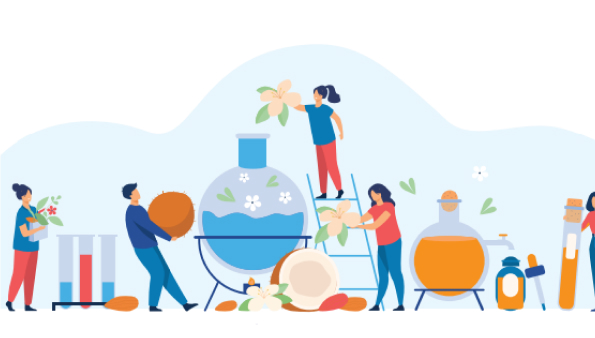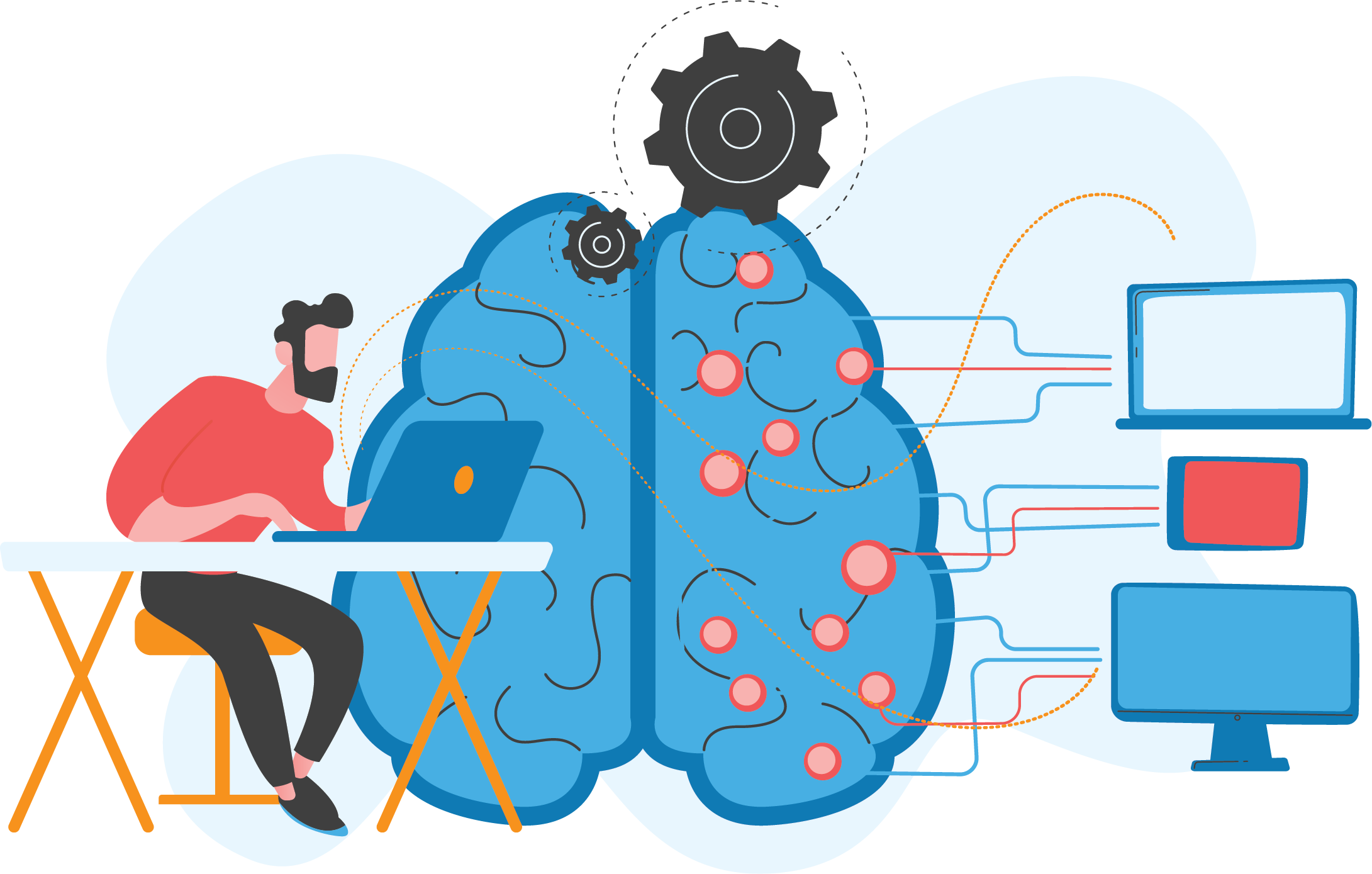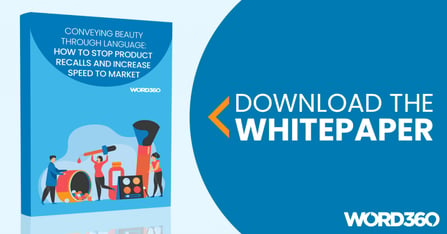How the Cosmetics Industry can Reduce Product Recall with Specialised Translation

With the global beauty market worth billions, those looking to secure their piece of this lucrative industry need to be compete on a worldwide scale in order to be successful.
Communicating with potential customers across the world allows brands to expand their visibility and achieve greater sales, but this also opens up a unique set of challenges for beauty brands of all sizes.
Product recalls
Getting labelling wrong isn’t just embarrassing, it could also cause you compliance issues and mean costly product recalls due to misinformation and mistakes made during labelling translation.
Not only is the recall process expensive, you will most likely suffer damage to your brand image. This issue can be additionally problematic if poor labelling translation leads to users suffering an adverse reaction to the product.
In fact, in a study into recalls in the food industry, it was found that 21% of consumers would never again buy from a brand that had to recall a product, 50% would switch brands at least temporarily, and 14% would never buy that specific product again
In one of the worst examples in history, 1982 saw Johnson and Johnson forced to recall 31 million bottles of Tylenol capsules and spend more than $260 million in today’s money on the recall and subsequent brand image rehab.
Labelling translation
Many consumers are now much more clued up on what goes into their go-to beauty and self-care products, with many seeking to avoid certain ingredients due to sensitivities, reactions or environmental concerns.
Professional labelling translation is crucial when breaking into international markets. Incorrect product labelling can result in complaints, costly recalls and, in some cases, even legal action should you incorrectly translate ingredients and cause detriment to consumer health.
Copy that works for one target market may not be suitable for another. You need to ensure that whoever you choose to carry out your translation understands the intricacies of the language you wish to communicate in, but can also offer advice on the suitability of certain terms and phrases.
Localisation
The beauty industry is famous for the creation of sector specific terms and phrases. Often, these terms will have a medical-sounding basis and may include phrases such as micro, bio or hydro to convey a basis in research. More often than not, these words have no direct translation in other languages.
Direct translation using automated services can often result in these words being poorly translated, which is confusing to the consumer and coveys a lack of professionalism.
Ensuring all elements of beauty translation are correct can take time, but it’s vital for international growth. Having a translation team that is experienced in beauty industry translation is a must to ensure that not only packaging and associated materials are localised for the target market but all associated scientific claims and benefits are clear. Often these claims are USPs, and the result of extensive research which is wasted when lost in poor translation.
Our Conveying Beauty Through Language: How to Stop Product Recalls and Increase Speed to Market whitepaper offers further information on the role of translation within the international beauty industry.

Elliot Glynn
May 4, 2023Related Services
.png)
Cosmetics: Reaching Global Markets
Taking you through the importance of localisation and entering new markets
Read More
How to avoid beauty recalls and beat your competition to market
Taking you through how Brexit has changed your labelling responsibilities, how to avoid a recall and why it’s crucial to speak your consumers’ languages.
Read More
How to Drive Crucial Efficiencies in the Age of COVID-19 With Translations Technology
Don’t get left behind: learn how your business could go global with Machine Translation efficiencies
Read More